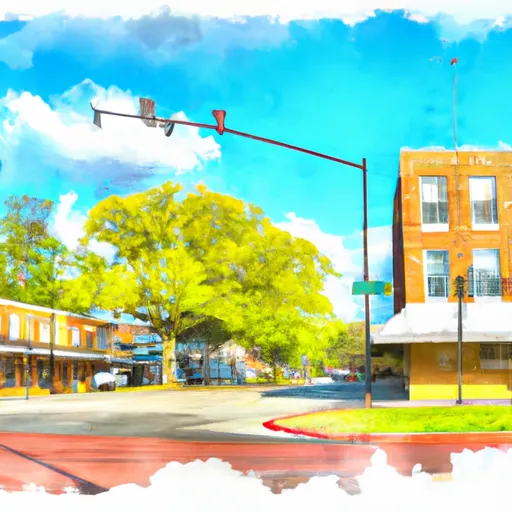°F
°F
mph
Windspeed
%
Humidity











Albany, Louisiana is a small town located in the southeastern part of the state. The climate in Albany is typically hot and humid, with average high temperatures ranging from the mid-80s to mid-90s during the summer months. The town is situated near the Tickfaw River, which is known for its high levels of dissolved oxygen and diverse fish populations. Outdoor recreation opportunities in Albany include fishing, boating, and hiking in nearby state parks such as Tickfaw State Park and Fountainebleau State Park. The town also boasts several local parks and recreational areas, including the Albany Sports Complex and the Albany Community Park.
Weather Forecast
Albany receives approximately 1632mm of rain per year, with humidity levels near 89% and air temperatures averaging around 20°C. Albany has a plant hardyness factor of 8, meaning plants and agriculture in this region tend to thrive here all year round.
Regional Streamflow Levels
14,900
Cubic Feet Per Second
459
Cubic Feet Per Second
866
Cubic Feet Per Second
2,680
Cubic Feet Per Second
Nearby Camping
| Camping Area | Reservations | Toilets | Showers |
|---|---|---|---|
| St. Francois State Park | |||
| Greenville - Lake Wappapello | |||
| South Recreation Composite | |||
| Pere Marquette State Park | |||
| St. Peters 370 Lakeside Park | |||
| North Rec Composite |



